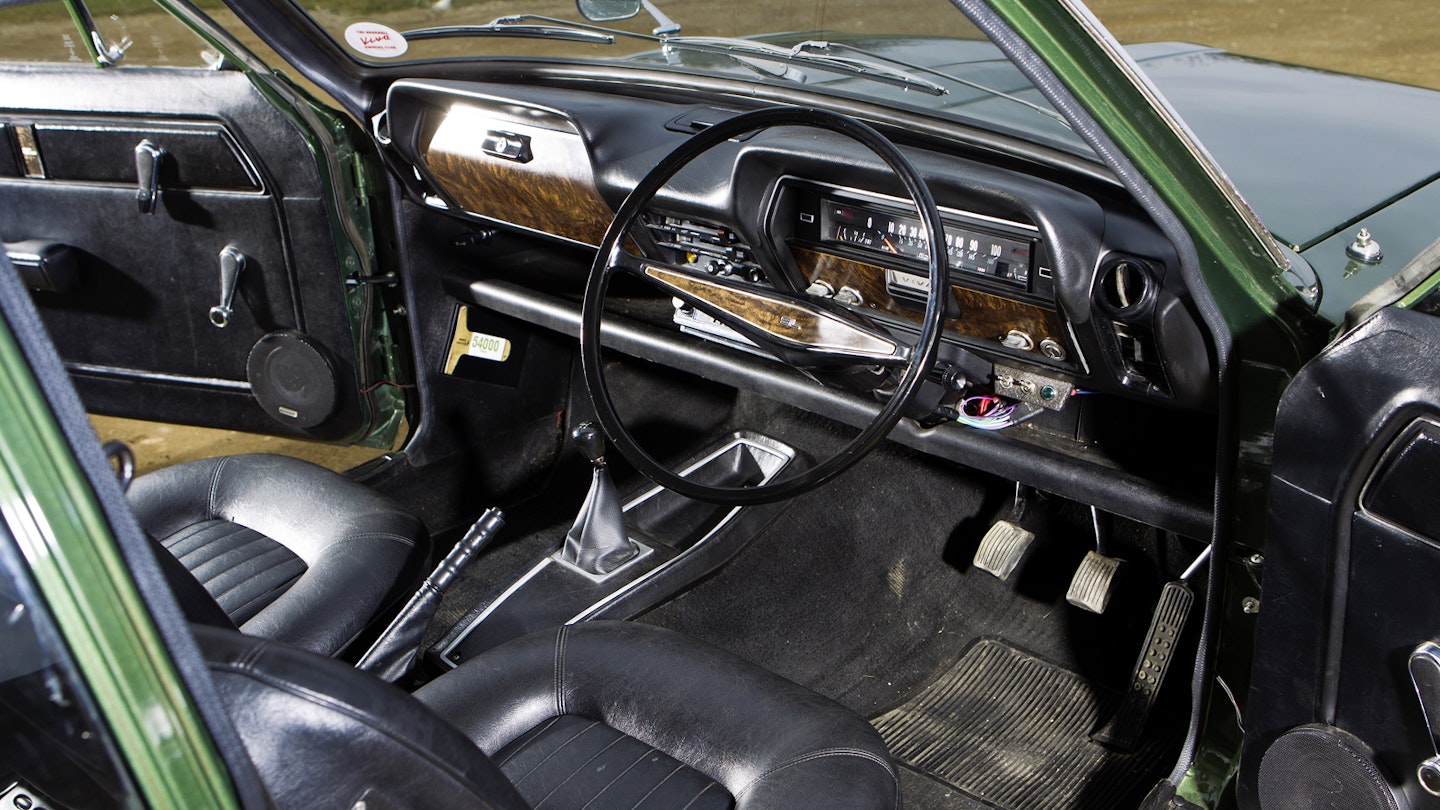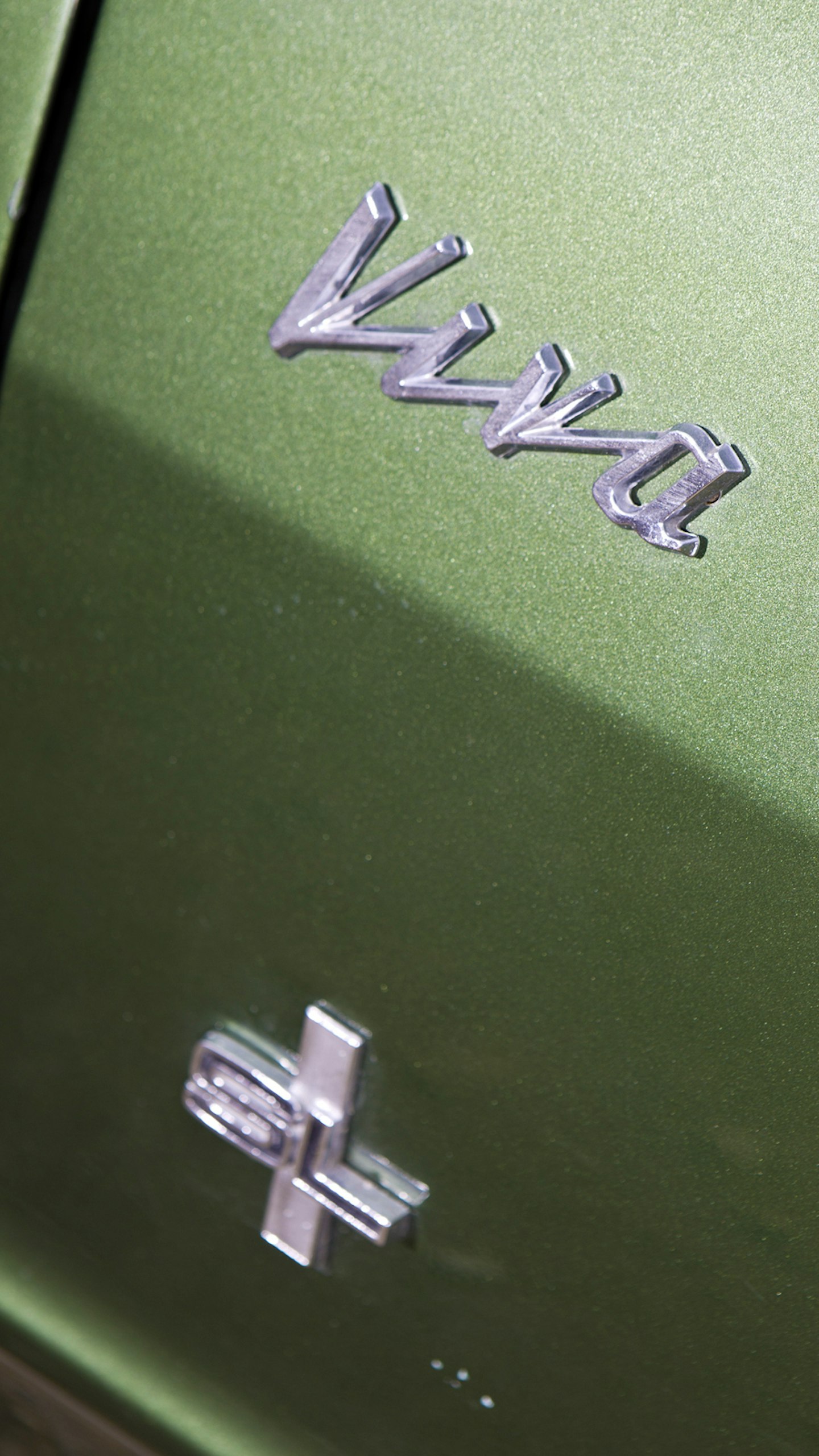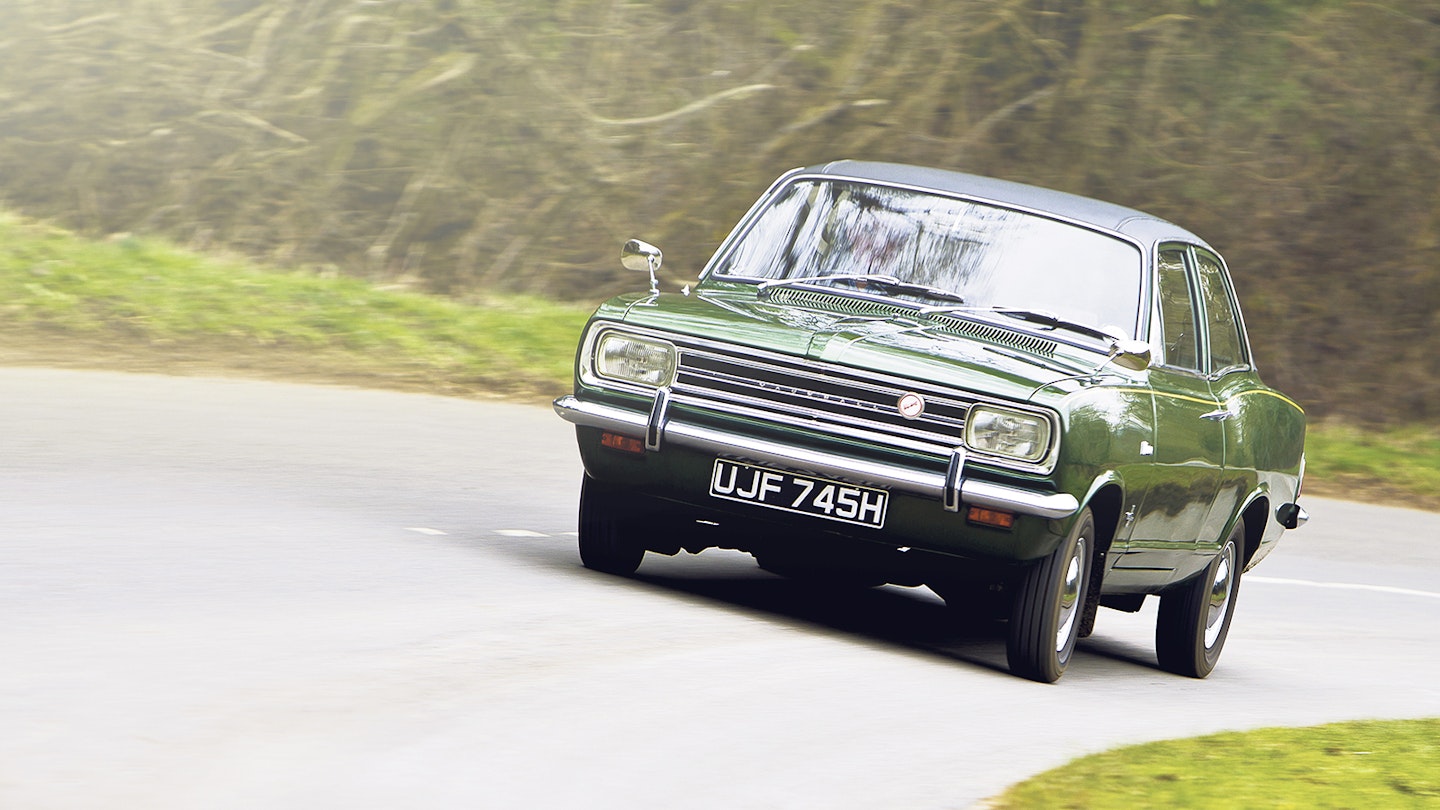If you were a Likely Lad in the late Sixties there’s a good chance you drove a Vauxhall Viva – but the model’s poor survival rate means you may not have seen one since. We take one of the few survivors for a surprisingly attention-grabbing drive
Few other once-ubiquitous repmobiles and family cars can provoke such an enthusiastic response from onlookers as the 1969 HB-series Vauxhall Viva we tested in rural Warwickshire. Waves, smiles and thumbs-up are everywhere, and a Vauxhall Vectra full of reps even stops to take photos. Some of these enthusiasts remember Rodney Bewes’ Viva in Whatever Happened to the Likely Lads? but most just want to see a car ‘my dad used to own’.
Sitting behind the wheel of this two-door SL-trim HB it’s easy to imagine myself as a 1969-vintage commercial traveller, Luncheon Vouchers in the glove box and samples in the boot, on the way to a vital sales meeting in the Golden Egg in Woking. The Viva’s driving position is not the most comfortable – legroom is very limited, though it’s easy to forget that reclining front seats were not common fittings on small British cars of the late Sixties. But none of this diminishes the charm of Viva motoring.

On A-roads the Viva is quite an adept cruising car with a surprisingly subdued engine note, although exploring rural lanes causes the HB to pitch wildly. Headroom isn’t a Viva strong point and I literally hit the roof on the several occasions I encounter typical country road surfaces. However, this is not a major concern in a car with such light steering and brakes (although Vauxhall evidently never considered the possibility of a driver with size 12 feet). Other aspects of the HB that belie its age are its delightfully precise gearchange and an ability to zoom round narrow corners without complaint. If you want conventionally engineered and very well-sorted classic transport, a Viva HB has definite appeal.
The HB was originally available as the Standard (driver’s sun visor and not much else), De Luxe (heater, windscreen washers) or the luxury that was the SL, as denoted by elaborate hub caps, boot courtesy lamp and black radiator grille.
Inside our SL are Rover P6-style bucket seats front and rear that are stylish if not wildly welcoming, some fantastically late-Sixties fake wood veneer for the dashboard and even a transmission tunnel tray for your 1s 6d (that’s 7½p) packet of Capstans.

Above all, the showroom appeal of any Viva HB was guaranteed by its coachwork. The design criteria for replacing the original 1963 Viva HA were enhanced ride, handling, performance, interior space – and style. The HA was based around the floorpan and structure of the 1962 Opel Kadett, but the HB was entirely designed by Vauxhall, with Luton taking design cues from the 1965 PC-series Vauxhall Cresta. The result was a handsome and well-proportioned family saloon, the kick in the rear window adding a sense of transatlantic Coke bottle styling, but without the Viva’s overall appearance falling into trap of fake-Americana.
The HB debuted in September 1966 and instantly made its chief rival, the Ford Anglia 105E, look like a relic of the Harold Macmillan era. The Anglia’s fins and reverse-angle windscreen were inextricably linked with Detroit’s designs of the previous decade, while every detail of the Viva – from oblong headlamps to slim pillars – has a touch of Carnaby Street. Autocar gave it the accolade of ‘most improved car of 1966’.
Compared with the BMC 1100, Britain’s then best-selling car, the Viva’s engineering was far from radical; Luton had experimented with both transverse and in-line front-wheel drive formats for the HB, but cost and reliability concerns meant the new Viva would be based on the HA’s virtues of simple mechanics and a vast boot. For the HB, Vauxhall modified the front suspension, replaced the HA’s rear leaf-springs with a new coil and trailing arms configuration and increased engine capacity from 1057cc to 1159cc.

Over a four-year production run the HB spawned no fewer than 26 models. From the outset the De Luxe and SL could also be ordered with the more sporting ‘90’ engine with high-compression cylinder head, higher lift camshaft and single 150CD Stromberg carburettor. An estate variant was added in 1967.
The following year saw the debut of the Ford Escort, and to keep the Viva competitive Vauxhall offered a four-door version and the option of 1.6-litre overhead-camshaft power. The press-on motorist was originally catered for by a dealer-fitted Brabham performance kit, but this was replaced in 1968 by the Viva GT, powered by the engine from the Victor 2000 and boasting four exhaust tailpipes.
The HB – superseded by the HC in June 1970 – was a Vauxhall success story. It had been assembled in CKD kit form in Antwerp, New Zealand, Portugal, South Africa and Trinidad, manufactured in Australia as the Holden Torana and successfully sold in Canada as a Viva by Pontiac and Buick dealers or rebadged as the Epic for Chevrolet and Oldsmobile dealers.

In its homeland the HB’s poor survival was unfortunately ensured by Vauxhall’s ineffective approach to rust protection, but rarity alone cannot explain the reaction to this car on our test. For that, other factors come into play and its distinctive gearbox note has the power to transport you instantly back four-and-a-half decades to the day you collected your first new car from the local Vauxhall dealer or your dad chivvied you on to the back seat for the school run. And those are good enough reasons for enjoying any classic.
